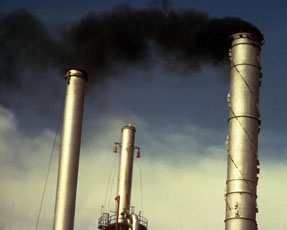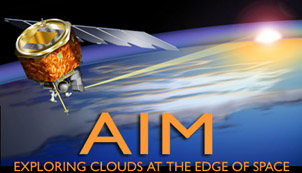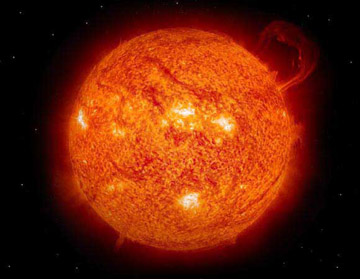Notes about the Very, Very Simple Climate Model
The Big Idea
- This model main point is that the average temperature of our planet depends on the concentration of greenhouse gases, specifically CO2.
- If we reduce the amount of CO2 we release into the atmosphere but still release some CO2, the amount in the atmosphere will continue to increase and temperatures will continue to rise. Whenever CO2 emissions are greater than zero, the amount of CO2 in the atmosphere is growing.
The Assumptions
- "All models are wrong, but some models are useful." - George E.P. Box
- This model is very, very simple. It knows nothing of changing wind or precipitation patterns that might accompany and in turn influence warming; it doesn't care where in the atmosphere the CO2 is; it ignores other greenhouse gases and other factors like the ocean and albedo that are critical to real climate models run on supercomputers.
- The assumptions behind this model, though rather limited, are valid. The starting values for concentration, emission rate, and temperature are right around actual values for the year 2000. The ranges for emission rate choices are in line with predictions scientists think we are likely to see in the coming century. The relationship between atmospheric CO2 concentration and temperature uses a well-established relationship; basically, temperature rises about 3° C for each doubling of CO2 concentration. So, for example, if the concentration goes from 400 ppmv to 800 ppmv, we expect to see temperature go up by 3° C.
Back to the Very, Very Simple Climate Model
Last modified September 23, 2008 by Lisa Gardiner.














